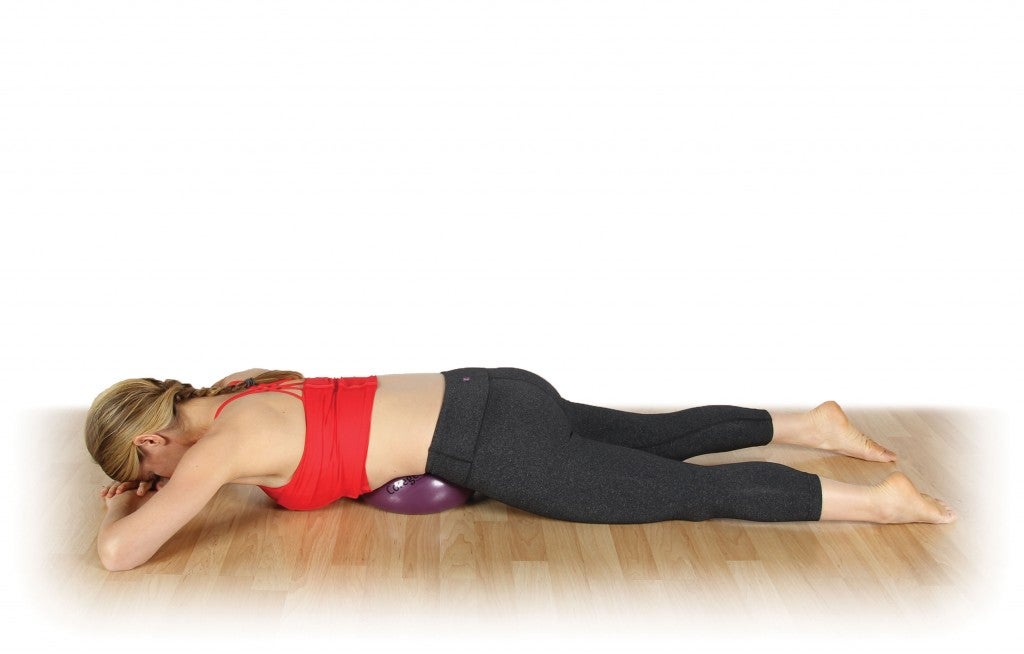Prevent Injury By 'Prehabilitating' These Two Areas

Runners know that daily self care is important to prevent injuries—if you are working to maintain the right areas. Although this daily maintenance will not make a huge impact if done sporadically or last minute, it is a preventative measure that will make your training—and racing—better.
Jill Miller, co-founder of Tune Up Fitness Worldwide/ Yoga Tune Up and author of The Roll Model: A Step-by-Step Guide to Erase Pain, Improve Mobility, and Live Better in Your Body, calls this “prehabilitation,” or the daily maintenance of joints and soft tissues. She shares that because everything is interconnected in your body via fascia, nothing works in isolation, meaning your whole body is a host for dysfunction. “When you are targeting specific areas of your feet or knees, recognize that you are creating an environment for healthy adaptations to occur throughout your whole body,” she explains.
RELATED: 5 Ways To Prevent Injury
When working with runners specifically, there are two key areas Miller says are mandatory for prehabilitation: the diaphragm and feet. She has found that these two key areas are the foundation for injury prevention.
The Diaphragm
This is an area of the body that is doesn’t necessarily come to mind first when working on and talking about self care. “Make sure that your breathing muscles are ‘corganized [by ‘organizing,’ or working on, your core],’” explains Miller. “Your diaphragm can get malalignments and misalignments in its tone from sitting, which can lead to global misalignments in your ribs and spine.” Additionally, because of the diaphragm’s direct relationship to your psoas (or your key hip flexor), neglecting self care can lead to a shortened stride and side stitches while running.
To prevent injuries in this area, Miller suggests performing abdominal release. With a soft inflated ball (as shown), lie down with your abdomen and rib cage on the ball to quiet your nervous system, while mobilizing the layers surrounding the diaphragm. “The diaphragm is the innermost lining of your birthday suit,” says Miller. “Ensure that your lining isn’t too tight (or too loose) so that your bones ‘float’ well.”
The Foot
The 26 bones in your foot and ankle constantly take a beating—and shoes can confine those 33 joints and restrict their mobility. “That restriction shuts down the vasculature and nerve tunnels and affects how your foot hits the pavement,” explains Miller.
RELATED: What Type Of Massage Do You Need?
Some people turn to orthotics to help foot issues, but Miller shares that they don’t address the structural hosting of the body, meaning it can make weak muscles even weaker. For self care of the feet, Miller suggests using a soft rubber ball, such as her Roll Model ball (which is softer and more grippy than a tennis ball), for touch activation. “The correct ball will mold its way around bones and take hold of the soft tissue surrounding the prominences,” Miller explains. “When the muscles are touched by the grippy pliability of the rubber, the proprioceptors in your feet get excited. This means you actually sense your feet better—a necessary thing for optimizing your footfall as you run.”
